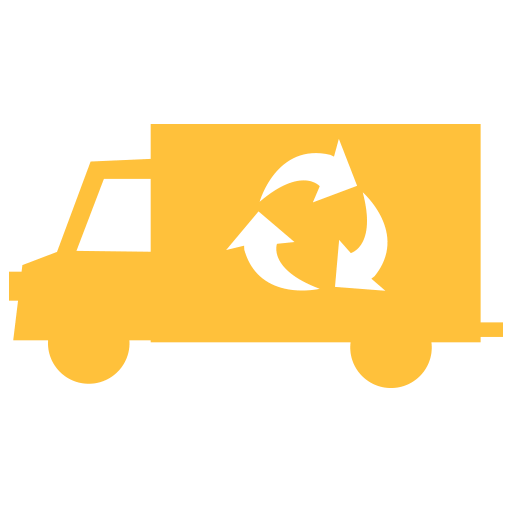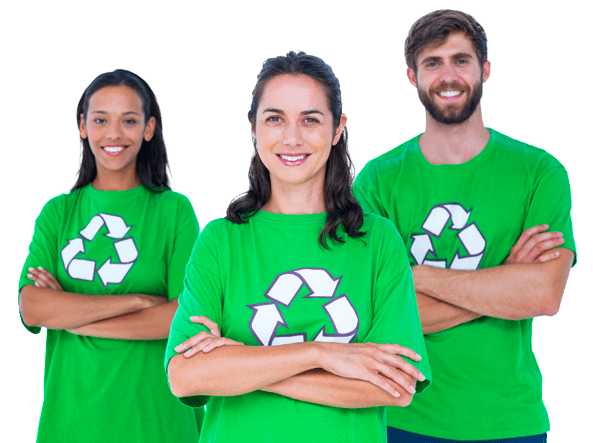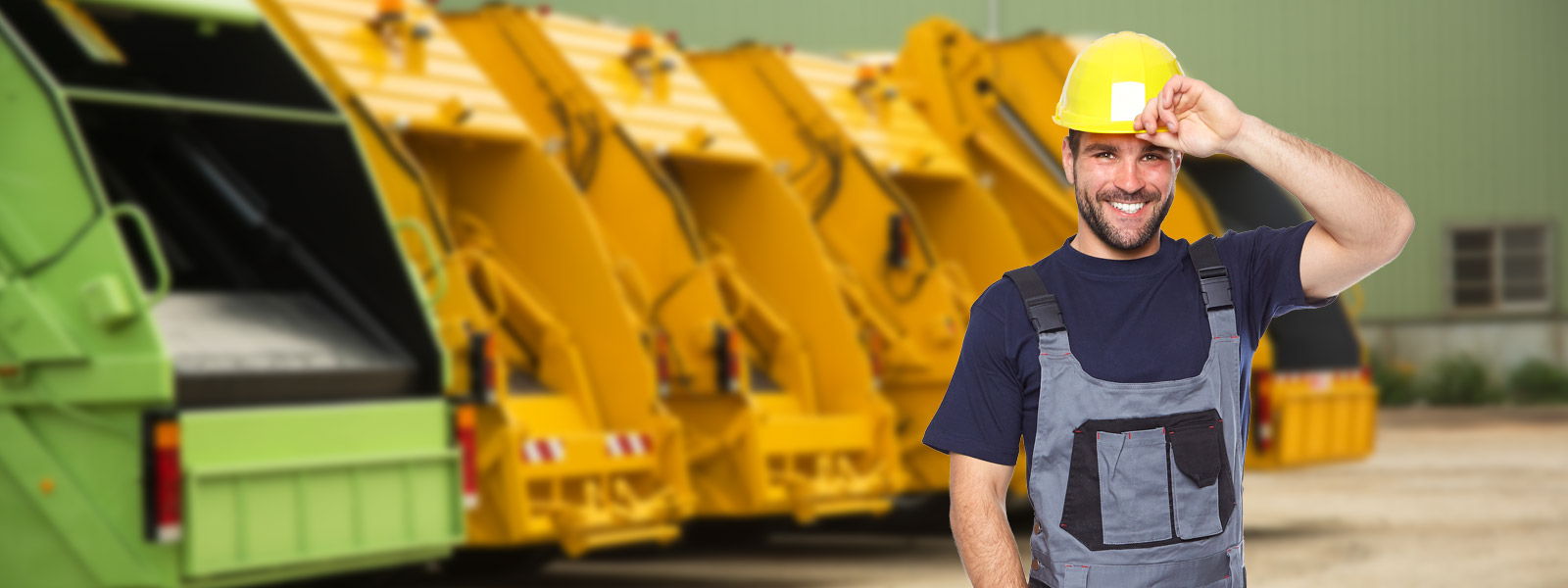What Makes Certain Waste Hazardous?
Posted on 08/10/2025
Identifying, handling, and disposing of hazardous waste is critical for environmental safety and public health. But what exactly turns a type of waste into "hazardous" waste? In this article, we'll delve into the factors, classifications, and risks that make certain waste hazardous, and why it's crucial to handle these materials responsibly.
Understanding Hazardous Waste: Key Concepts
Hazardous waste is a term used to describe any waste material that poses substantial or potential threats to public health and the environment. The nature of hazardous waste is such that it cannot be disposed of like normal household or non-hazardous industrial waste. Improper disposal can result in catastrophic consequences, including pollution, toxic exposure, and irreversible ecological damage.
- Hazardous waste can come from various sources: industries, homes, laboratories, hospitals, and commercial businesses.
- It includes both solids and liquids, as well as contained gases.
- The hazardous nature arises from specific characteristics and chemical compositions of the waste.
Legal Definitions of Hazardous Waste
In most countries, regulatory agencies like the Environmental Protection Agency (EPA) in the United States or governmental bodies in the European Union define hazardous waste by law. These definitions can include lists of specific materials or establish general criteria based on the waste's properties.
- Listed waste: Specific wastes identified by regulators as hazardous.
- Characteristic waste: Wastes not on the list, but exhibiting hazardous properties -- such as ignitability, corrosivity, reactivity, or toxicity.

The Key Properties That Make Waste Hazardous
1. Ignitability
Ignitable waste poses a fire risk during storage, transportation, or disposal. This classification applies to wastes that:
- Have a flash point below 60 degrees Celsius (140 degrees Fahrenheit).
- Are nonliquid but cause fire through friction or retention of heat from manufacturing or disposal processes.
- Are oxidizers, which can cause or enhance the combustion of other materials.
Examples include solvents, certain paints, and discarded gasoline.
2. Corrosivity
Corrosive waste refers to substances that can dissolve metals, or severely damage living tissue or infrastructure. They typically have the following characteristics:
- Liquid wastes with a pH less than or equal to 2 (very acidic) or greater than or equal to 12.5 (very alkaline).
- Water-based wastes that corrode steel at a rate greater than 6.35 mm per year at 55?C.
Battery acid, certain acidic or alkaline cleaning solutions, and rust removers are common corrosive wastes.
3. Reactivity
Reactive waste is unstable under "normal" conditions. These wastes can:
- React violently with water, air, or other substances.
- Generate toxic gases, vapors, or fumes when mixed with water or other materials.
- Explode under normal or increased temperature or pressure.
Potentially reactive hazardous wastes include unused chemicals, some compressed gases, and old munitions.
4. Toxicity
Toxic waste contains substances that are dangerous or fatal to living organisms even in low concentrations. Toxicity is often determined by a toxicity characteristic leaching procedure (TCLP) test, which assesses whether toxic chemicals can leach out of the waste into the environment.
- Heavy metals like lead, mercury, and cadmium.
- Pesticides and herbicides.
- Solvents and some industrial byproducts.
Chronic exposure to toxic waste can result in cancer, birth defects, neurological problems, and ecological disasters.
Types of Hazardous Waste
- Listed hazardous waste: Explicitly mentioned in regulatory documentation due to their inherent dangers.
- Characteristic hazardous waste: Exhibit the four key properties outlined above (ignitability, corrosivity, reactivity, toxicity).
- Universal waste: A subcategory for common hazardous wastes like batteries, fluorescent bulbs, and certain pesticides; subject to streamlined disposal rules.
- Mixed waste: Contains hazardous components and radioactive materials, presenting unique management challenges.
Why Certain Wastes Become Hazardous
Waste does not inherently start out as "hazardous." Several factors combine to confer hazardous properties on waste materials, including:
- Chemical composition: Some compounds are innately dangerous, regardless of their use or physical state.
- Concentration: Components might be safe in small quantities but hazardous when concentrated.
- Mixtures: Combining otherwise inert substances can sometimes produce dangerous reactions.
- Exposure pathway: Waste may become hazardous if it can enter food chains or water supplies.
- Persistence and Bioaccumulation: Substances that don't break down easily and accumulate in organisms are especially hazardous (e.g., PCBs, mercury).
Accurate identification of hazardous waste is a critical part of environmental stewardship and regulatory compliance. Ignorance of a material's hazardous nature can lead to inadvertent environmental contamination or health risks.
Case Studies: Real-World Hazardous Waste Examples
1. Manufacturing Byproducts
Manufacturing processes often generate hazardous waste, such as:
- Chromium sludges from metal plating.
- Acid etching liquids from electronics manufacturing.
Improper disposal has led to contaminated groundwater and long-term soil toxicity at numerous sites worldwide.
2. Household Hazardous Waste
Common household products can also be hazardous when discarded. Batteries, pesticides, use-anywhere bleach, paint thinners, and medicines require special disposal protocols to prevent environmental harm.
3. Medical Waste
Hospitals produce significant quantities of hazardous waste, including contaminated sharp objects, chemotherapy drugs, and pathogenic materials. These wastes not only risk infection but can also be chemically dangerous if mismanaged.
4. E-Waste
Old electronics, or e-waste, contain lead, mercury, and cadmium. Informal recycling in developing countries often exposes workers and nearby populations to hazardous substances through burning and leaching.
The Environmental and Health Impacts of Hazardous Waste
The dangers from hazardous waste are not abstract. Mismanagement can and does lead to real-world disasters. Some risks include:
- Water Pollution:
- Chemicals leach into groundwater or rivers, threatening drinking water supplies and aquatic ecosystems.
- Air Pollution:
- Volatile chemicals vaporize, or burning produces toxic gases like dioxins and furans.
- Soil Contamination:
- Persistent chemicals can remain in the soil for decades, impacting agriculture and ecology.
- Public Health Threats:
- Exposure can cause cancers, neurological damage, birth defects, and acute poisoning.
These impacts underscore the necessity for effective hazardous waste management and regulatory oversight.
How Hazardous Waste Is Identified and Managed
Properly identifying and handling hazardous waste ensures public safety and environmental protection. From the point of generation through final disposal, each step must be managed carefully.
Step 1: Identification and Classification
Waste generators are required to determine if their waste is hazardous. This status can derive from:
- Regulatory lists of hazardous waste (e.g., F-list, K-list, P- and U-lists).
- Testing for hazardous characteristics.
- Assessing mixtures and derived-from waste.
Step 2: Storage and Packaging
Hazardous wastes must be stored in appropriate containers that are:
- Clearly labeled as hazardous.
- Compatible with the stored material (e.g., non-reactive containers for corrosive waste).
- Stored in secure, ventilated, and monitored areas to avoid leaks and accidents.
Step 3: Transportation
Transporters of hazardous waste need special training, equipment, and documentation. Waste must be accompanied by a manifest that traces its movement from cradle to grave, preventing illegal dumping and ensuring accountability.
Step 4: Treatment and Disposal
- Incineration: High-temperature destruction of organic hazardous wastes.
- Stabilization: Immobilizing dangerous constituents to prevent leaching in landfills.
- Secure Landfilling: Double-lined, monitored facilities for the long-term isolation of non-treatable waste.
- Chemical treatment: Neutralizing or transforming hazardous substances to render them non-hazardous.
Remediation of contaminated sites is another complex but critical part of hazardous waste management, involving soil washing, extraction, or bioremediation.
Key Regulations and Standards for Hazardous Waste
Global concern over environmental pollution has led to the development of comprehensive hazardous waste regulations. Some of the most notable legal frameworks include:
- Resource Conservation and Recovery Act (RCRA) - U.S. legislation governing the management of hazardous and non-hazardous solid waste.
- Basel Convention - An international treaty that controls the cross-border movement of hazardous waste.
- European Union Waste Framework Directive - Sets requirements for the handling, tracking, and reduction of hazardous waste within the EU.

The Importance of Proper Hazardous Waste Segregation
Segregating hazardous waste at the source is one of the most effective ways to minimize risk. This ensures that:
- Non-hazardous waste remains safe for simple recycling or disposal.
- Hazardous waste receives special handling from generation to disposal.
- Risk of accidental exposure, chemical reactions, and environmental contamination is greatly reduced.
Conclusion: The High Stakes of Hazardous Waste Management
What makes certain waste hazardous? In summary, it's a complex combination of chemical, physical, and biological properties -- as well as the context of exposure -- that turns ordinary waste into a severe risk for people and the planet. Awareness and proper management of hazardous waste is not just a regulatory burden; it's everyone's responsibility to protect our shared environment.
Whether you manage waste in an industrial facility or dispose of products at home, understanding what makes waste hazardous can help you make safer, more sustainable choices. Stay informed, follow best practices, and support policies that prioritize responsible waste management for a cleaner, healthier future.
 House clearance
House clearance Rubbish collection
Rubbish collection








 020 3744 6462
020 3744 6462 020 3744 6462
020 3744 6462


